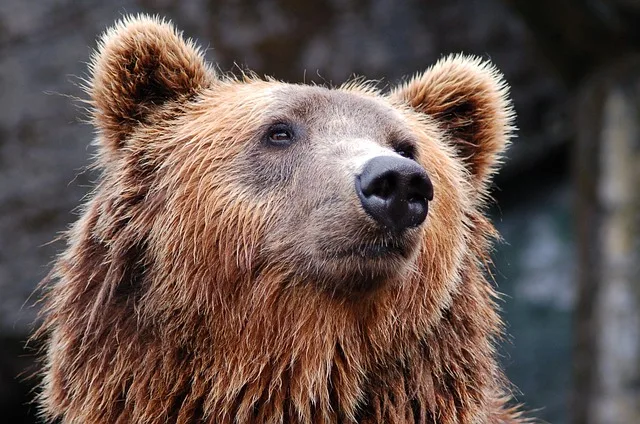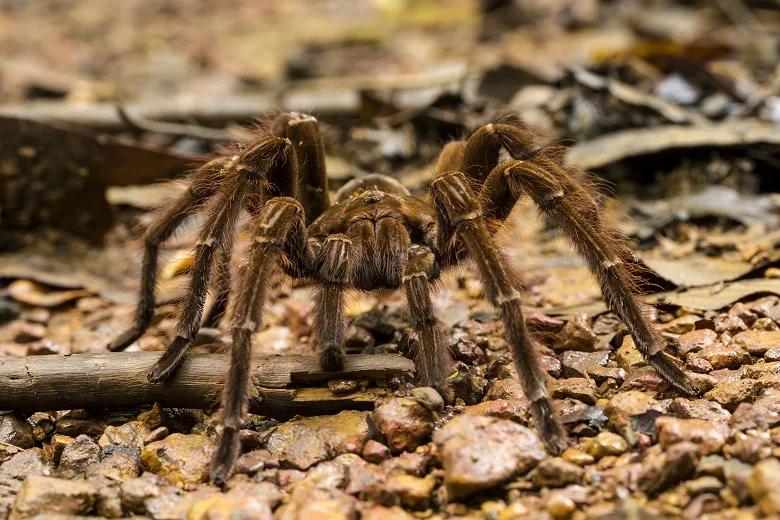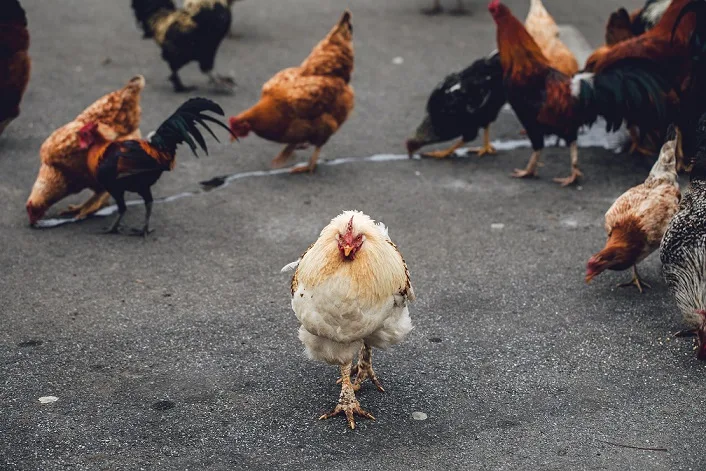Introduction
Bears are fascinating beings known for their size and power. They fill many places across the world and have adapted to different surroundings. One question that usually comes to mind is, “How fast can a bear run?” In this post, We will examine the speed powers of different bear species. Also, shed some light on the factors that affect their speed.
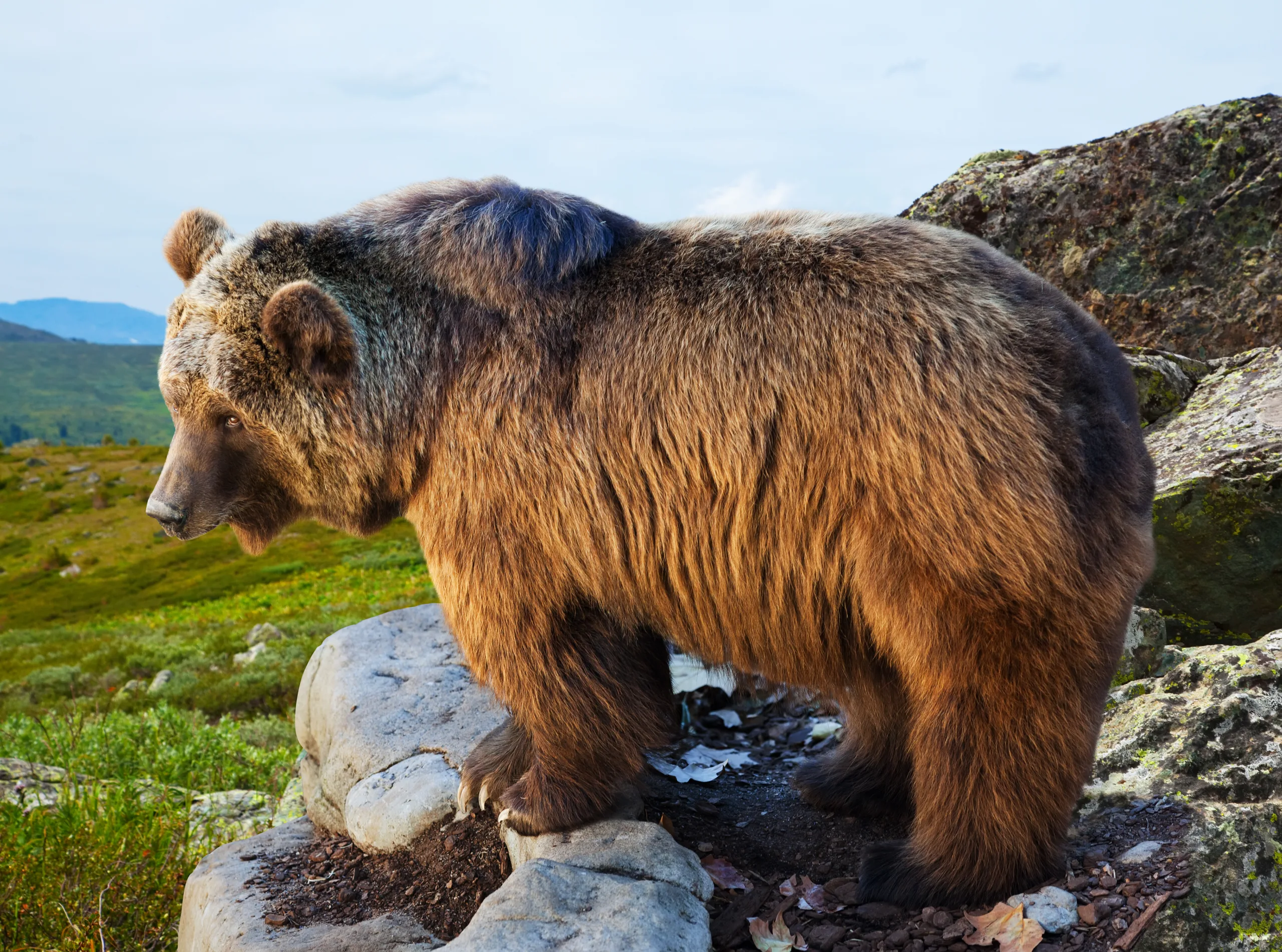
Speed of Different Bears
Bears vary in size and build, which might affect their running speed. The bigger bear species, such as the Kodiak bear and the polar bear, are often slower. When compared to smaller species like the black bear or the grizzly bear. But it’s important to understand that even the biggest bears can surprise us. They can surprise us with bursts of amazing speed when required.
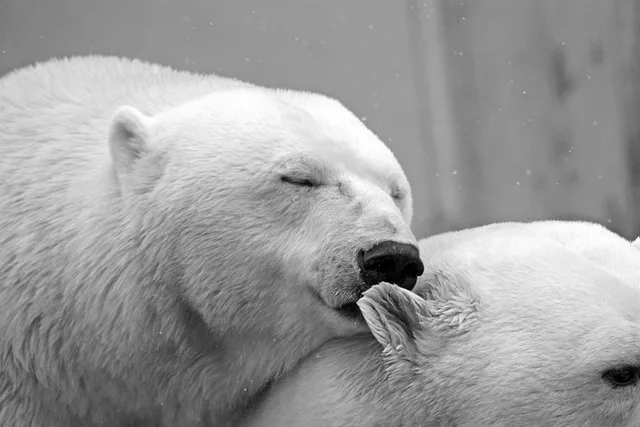
Factors Affecting Bear Speed
Several things can affect a bear’s moving pace. One key component is the bear’s physical state, including its age, health, and general strength. Younger bears tend to be faster than older ones. Additionally, the terrain plays a part in a bear’s speed. Bears are well-adapted to many settings. Although tough ground or barriers can impair their ability to run at high speeds. But they adapt according to their environment.
Read our most trending articles: Click Here
Biological Factors Affecting Bear Running Speed
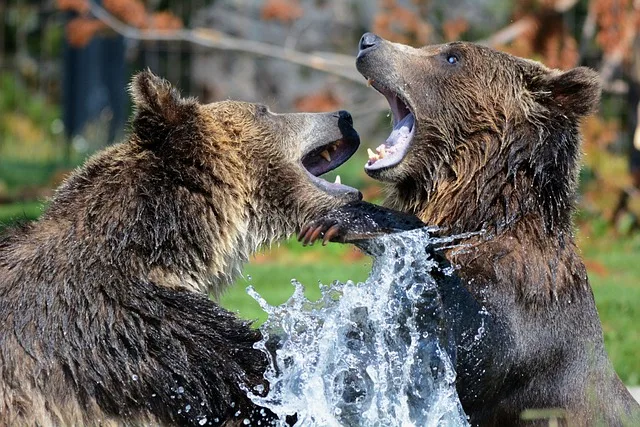
Now that we know the moving speeds of different bear species, Let’s study the aspects that can influence their speed and quickness.
1. Size and Age
The size and age of a bear can have a big effect on its running speed. Larger bears, such as grown males, may not be as fast as smaller animals or younger bears. As bears age. They may also see a decrease in their running pace due to things like arthritis or other health issues.
2. Terrain
The ground on which a bear is running might affect its speed and quickness. Bears are skilled at traveling through many areas. These areas include woods, mountains, and even snow-covered places. But walking over rough or hard terrain may slow them down compared to running on flat ground.
3. Motivation and Threats
When it comes to running, bears are often more driven by the urge to flee danger than to follow food. In the face of danger or while feeling attacked. Bears can show amazing speed and quickness to ensure their safety.
4. Environmental Factors
Environmental factors such as weather conditions and temperature can also affect a bear’s speed. Extreme heat or cold may hinder their ability to run at their best.
The Fastest Bear Species
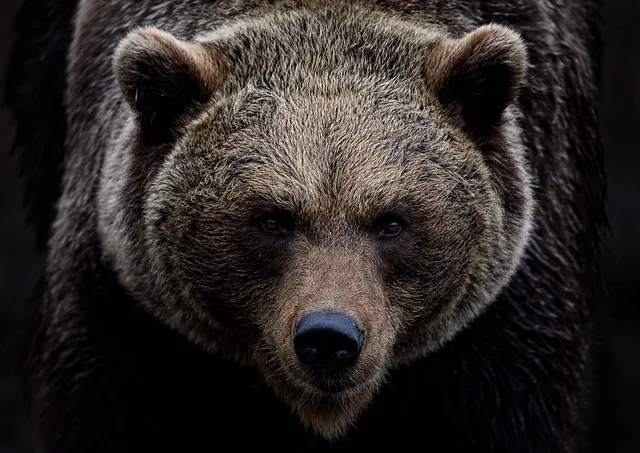
Among the many bear species, the fastest one is the grizzly bear. Grizzlies can reach speeds of up to 30 miles per hour (48 kilometers per hour) in short runs. They can show amazing speed and movement when chasing food or protecting themselves. Other bear types, such as the black bear or the brown bear, have slightly lower top speeds. But are still strong runners.
How Bears Run
Bears have a strange running style, defined by their heavy speed. They move both hind legs simultaneously, giving them a bouncy motion as they run. Despite their somewhat slow walk, bears can cover vast ground quickly. This running technique allows them to conserve energy. While maintaining steadiness on various terrains.
Adaptations for Speed
Bears possess features that add to their speed and agility. Their sturdy arms offer the strength needed for strong steps, allowing them to move fast. The length and form of their arms also help in maintaining balance. Also, maintain stability during high-speed chases. Additionally, bears have strong paws that help them grab the ground and create a grip. It also improves their running ability.
Comparison to Other Animals
While bears are not the fastest land creatures, they can beat people in short runs. But when compared to some of the swiftest animals on Earth, such as cheetahs or pronghorns, bears fall behind. Their power comes from their stamina and adaptability. Which allows them to travel great distances without tiring.
Bear Speed and Human Interaction
Understanding bear speed is important for human safety. Especially in places where bears and people engage. Hikers, campers, and people within bear environments must have a true grasp of a bear’s speed to take proper measures. To limit possible problems. Avoid sudden meetings or making noise when walking, and keeping food handy might help.
Bear Speed in Different Environments
Bear speeds might change based on the environment they inhabit. For example, bears living in open fields may have more room to move at fast speeds compared to those crossing thick woods. The specific environment and available resources can impact a bear’s running skills and behavior.
Interesting Facts about Bear Speed
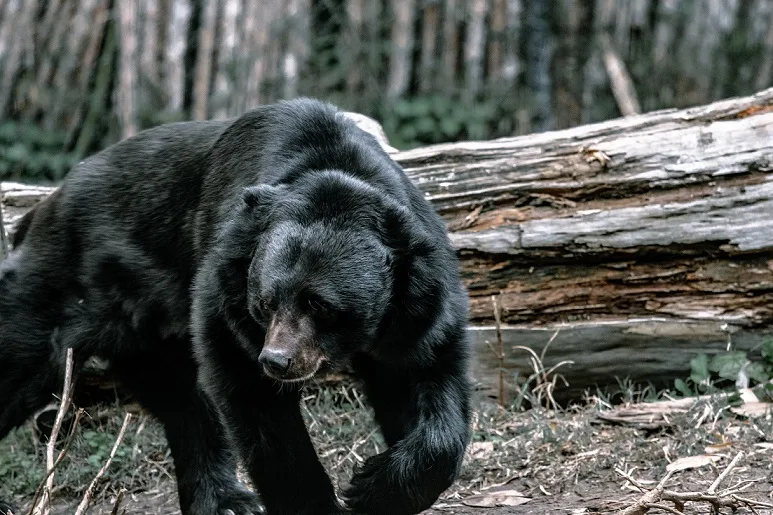
- Despite their size, bears can achieve impressive bursts of speed.
- Bears can run uphill or downhill with relative ease.
- The fastest bear recorded was a grizzly bear clocked at 40 miles per hour (64 kilometers per hour) during a sprint.
- Bears have been known to swim long distances, showcasing their adaptability across different terrains.
How Scientists Study Bear Speed
To measure bear speed properly, experts employ numerous methods. These include utilizing GPS tags or tracking systems to watch the movements of bears in the wild. Observational studies and film recordings also provide useful information about bear behavior and running ability. By mixing these methods, researchers may gather data on bear speed and study it to better understand their movement.
Bear Speed in Popular Culture
Bears have grabbed human interest for millennia and have been featured widely in folklore, literature, and art. From the famous running scene in “The Revenant” to children’s stories about bears racing. Their speed has become a source of wonder and surprise.
Conclusion on How Fast Can a Bear Run
Bears are interesting animals with amazing speed capabilities. While they may not be the fastest land animals, They have traits that allow them to run at amazing speeds when needed. Understanding bear speed is crucial for people to live with these beautiful animals and enjoy their distinct traits.
FAQs on How Fast Can a Bear Run
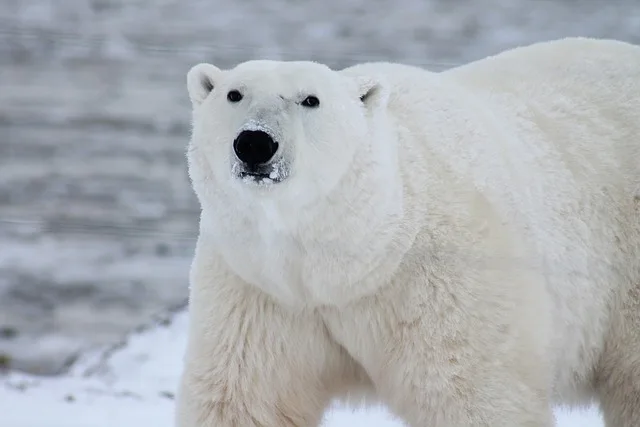
Q1: Can a bear beat a human?
A1: Bears can achieve faster speeds than humans in short runs. Humans shine in endurance running.
Q2: Are bears faster than wolves?
A2: Bears are generally slower than wolves in terms of top speed, but they have other traits that offer them an edge.
Q3: How fast can a polar bear swim?
A3: Polar bears are excellent swimmers and can reach speeds of up to 6 miles per hour (9.7 kilometers per hour) in water. Which is among the interesting facts about bear speed?
Q4: Can a bear go downhill quicker than uphill?
A4: Bears can run both uphill and downhill with decent ease. Thanks to their strong muscles and balance.
Q5: Are there any records of bears racing humans?
A5: While there are no official accounts of bears racing people, There have been tales and stories showing bear-human races throughout history.
For more details about the articles: Click Here








